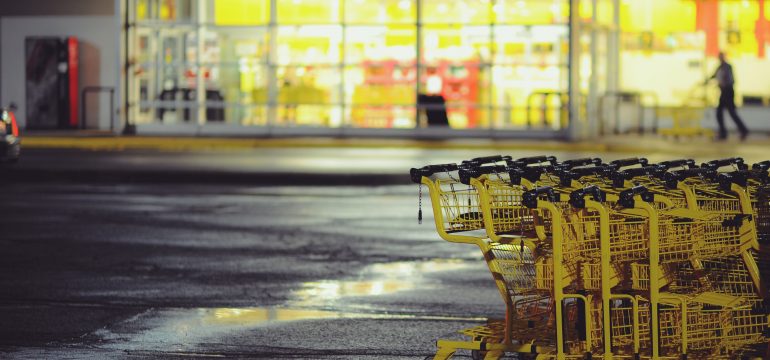Welcome to the future, ladies and gentlemen.
On January 22nd, on 2131, 7th Avenue in Seattle, Washington, the world got a taste of what the future could be like. The address saw the opening of the first Amazon Go store, a grocery store operated by online giant Amazon. But there is a slight twist: this is the world’s first check-out grocery store. That’s right, there are no lines or cash registers.
How does it work? A user needs to have the Amazon Go app on their smartphone and scan it on the turnstile when they enter the store. Once they enter, they can pick up any item they want and leave…as simple as that. The customers will be billed on their credit card. This store relies on various kinds of futuristic technology – computer vision, deep learning algorithms and sensor fusion which tracks every item a customer takes from the shelf or puts back and adds it to a virtual cart. When a customer leaves, the cart is checked out and the credit card is billed.
Technology of the future
It is an incredible concept and has caught the attention everywhere. Most publications, while reporting on this store, mentioned about the revolution it could bring to the brick-and-mortar retail industry. While these are still early days, it could bring about sweeping changes in the way the world operates.
But before getting too ahead of itself, Amazon Go must also ensure that they deliver on the basics: a safe, secure environment for customers to shop. Now that the entire payment process is automated and online, this brings about the latent risk of cybersecurity. Retail outlets already face a significant threat of cyber attacks –a report in 2017 found that cyber attacks on online retailers had doubled. As per a Verizon 2015 report, of all the data breaches caused by cyber attacks, 28.5% have been on POS which are directly linked with the retail and hospitality industry. And Amazon has been no exception to this.
Only in 2016, the company suffered a security breach with 80,000 login credentials leaked. In 2017, Amazon’s third party sellers were hit by hackers who changed bank deposit information to steal thousands of dollars. And then the company’s Whole Foods Market was also hit by a credit card data hack in September 2017.
The security aspect
It’s quite clear then that Amazon is a high-risk target for cyber fraud and this new Amazon Go store will be on the crosshairs of malicious hackers. Hence, the company will need to ensure that they have all bases covered. For starters, Amazon Go will need to ensure that they keep their user’s credit card details as secure as possible because this is an environment ripe for credit card fraud. Since only a phone is needed to access the store, any possibility of malicious use, say by using a stolen fraud, must be eliminated.
There is also the question of privacy in this Amazon Go store. The futuristic technologies like computer vision, deep learning algorithms and sensor fusion that enable this automated experience also capture a huge amount of customer data. Users may not be willing to share such personal data if they are not convinced about its security and in this regard, Amazon must ensure it does enough to assure its customers of the measures they have taken with advanced security solutions.
Ultimately, a completely automated shopping experience is an exciting, revolutionary idea and the fact that it is happening in reality is thrilling. However, every revolution has its own pitfalls. If Amazon can ensure a safe, secure experience in their Amazon Go stores, their new product can properly realize its latent potential.




